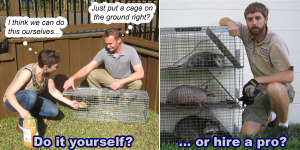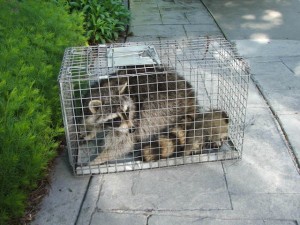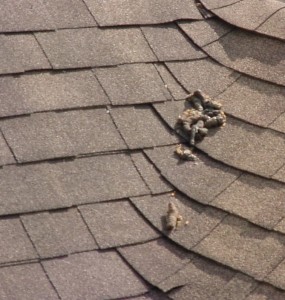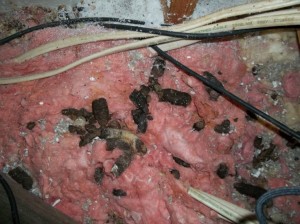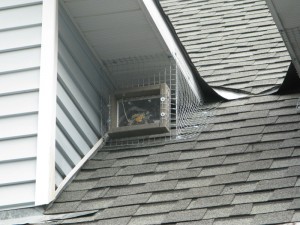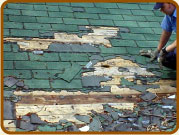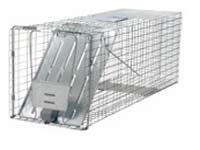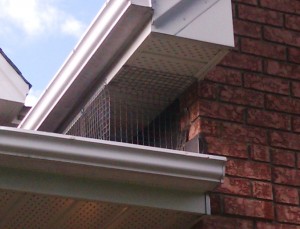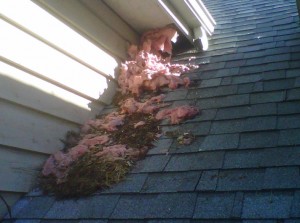Raccoons exist in virtually every city across North America and these pesky animals have adapated to living in dense urban environments as well as in suburbia. There is generally abundant food for them available in our yards and especially on garbage day. most people believe they are friendly and cute and should be protected. However once consumers have to deal with a family living in the attic of their home, it is another story. undrestanding raccoon behaviour can help a great deal in preventing problems with these resourceful animals.
Raccoons can climb walls, trees and even downspouts to reach the roof of your home. They know how to puch up the soffit to gain access to your attic where it is warm and protected from the cold weather, rain and snow. Your attic is a great place for them to have their babies and raise them until they are old enough to travel outside the den.
Raccoons can do a great deal of damage. The insulation will be soaked in urine, there are feces everywhere and there is an entrance to the attic which can allow other rodents, birds, and rain to penetrate potentially causing further damage. Raccoons will have at least four dens and travel back and forth depending on food sources and the stage of their pups.
How to Avoid Raccoons In your Attic
Once they are in the attic, the best way to remove them is to install a one-way trap door which lets them out but not back in. after they have left, remove the one-way trap door, make repairs to the entrance and cover the spot with heavy gauge wire mesh to prevent their return. Trapping is a waste of time. Other raccoons will smell the den, check it out, and move in at a later time.
Be proactive and have all potential openings to your attic covered in wire mesh before they move in, especially if you are aware of raccoons in the neighborhood.
Do not leave dog or cat food outside where they can get at it. Place all of your garbage in raccoon-proof containers to avoid providing them with a food source and also spilling the contents of your garbage all over your driveway.
Raccoons love grubs on your lawn and will dig up the grubs which make a mess of the lawn. Treat your lawn to remove all of the grubs, which will improve your lawn as well.

